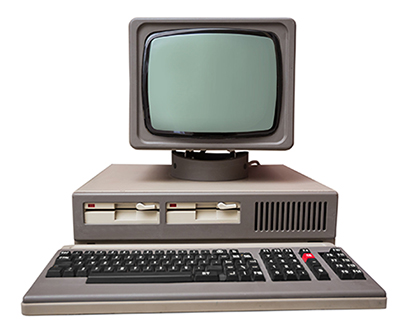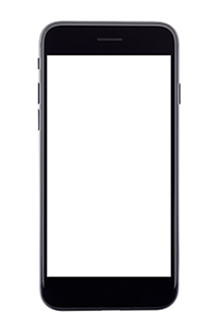3.3 Customer segment
A customer segment pivot may be needed when you have designed and developed a product or a service, which solves a problem or meets the needs of one customer group, but ultimately sales growth is limited. One explanation for this may be that, while your original idea is attractive to early adopters, it does not turn out to be as attractive or relevant to the much bigger mainstream market.
Technology products are a good example. Early adopters of new technologies tend to be more forgiving of lower quality design features, technical glitches and shortcomings of something new, as often their own technical ability outweighs their dependency on suppliers to iron out teething problems.
Early DOS-based computers relied on people entering coded instructions to operate the machines. In order to reach the mainstream market, the computers needed overhauling and simplifying to appeal to a wider market of people unfamiliar with technology. The PC was born and the rest is history.
Activity 1 Evolution of computers
Think of your own consumer experience of computer products. What product features and attributes could you point to that have made a difference to mass market adoption?
Discussion
Depending on how old you are, your knowledge of early computers may be limited, or confined to what your online research or older friends and relatives can tell you!
One obvious invention that brought computing to the mainstream was arguably the move to a Windows-based system, which made it less necessary to understand computer languages and commands. The internet also opened up a whole new use for computing. The increasing power, data storage capacity and reducing size of computers also benefited home users. More recently, apps have provided a means to pull in data and information from various sources to provide uses through a simple interface on phones and tablets.
Today, computing is almost everywhere around us – on our bodies (watches and other wearable technologies), in our cars, in domestic appliances and, for very many people, in our workplaces.
3.2 Zoom out


